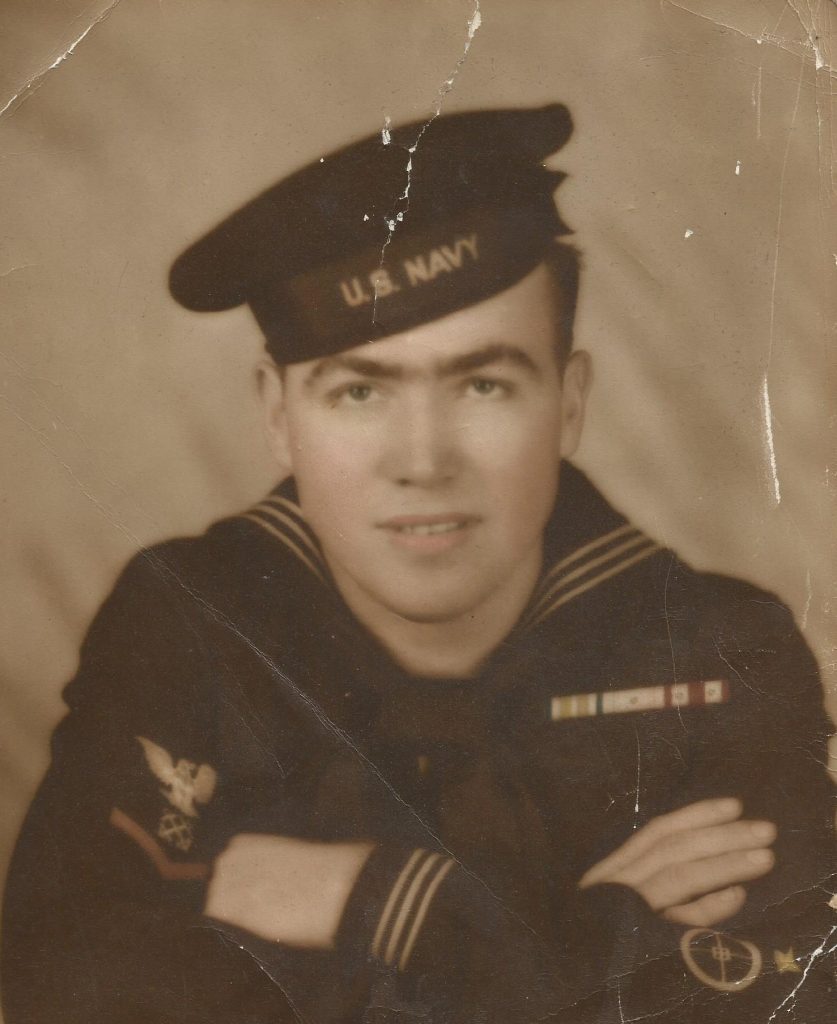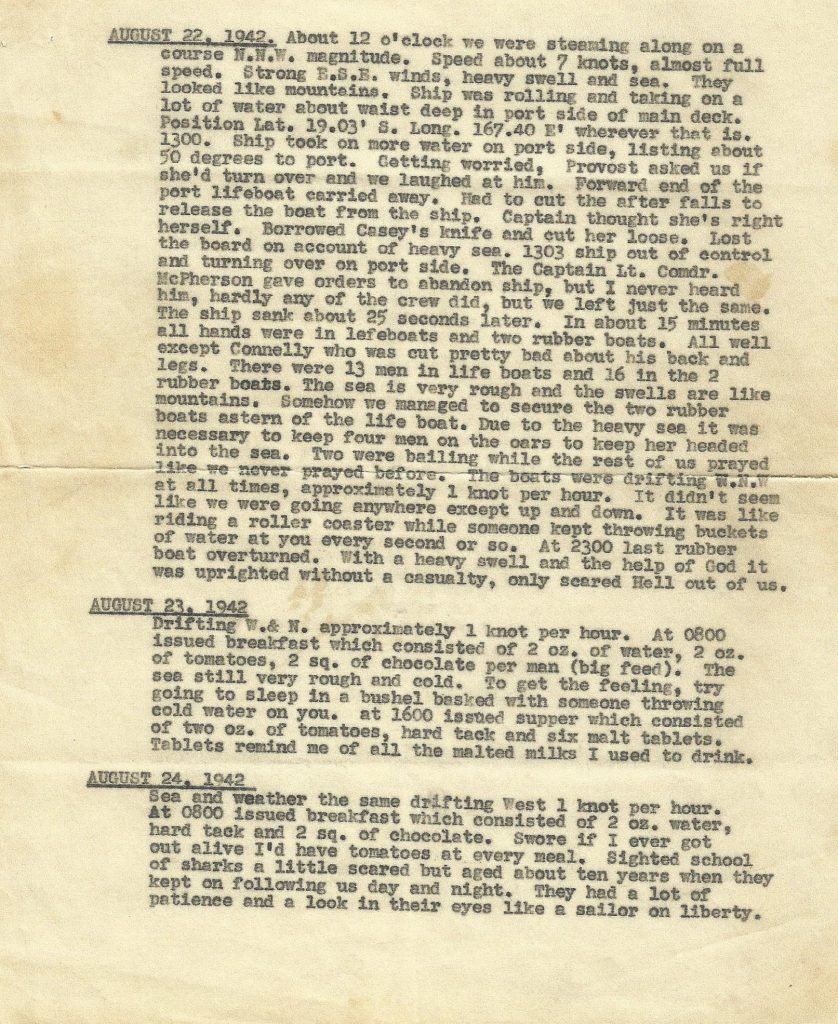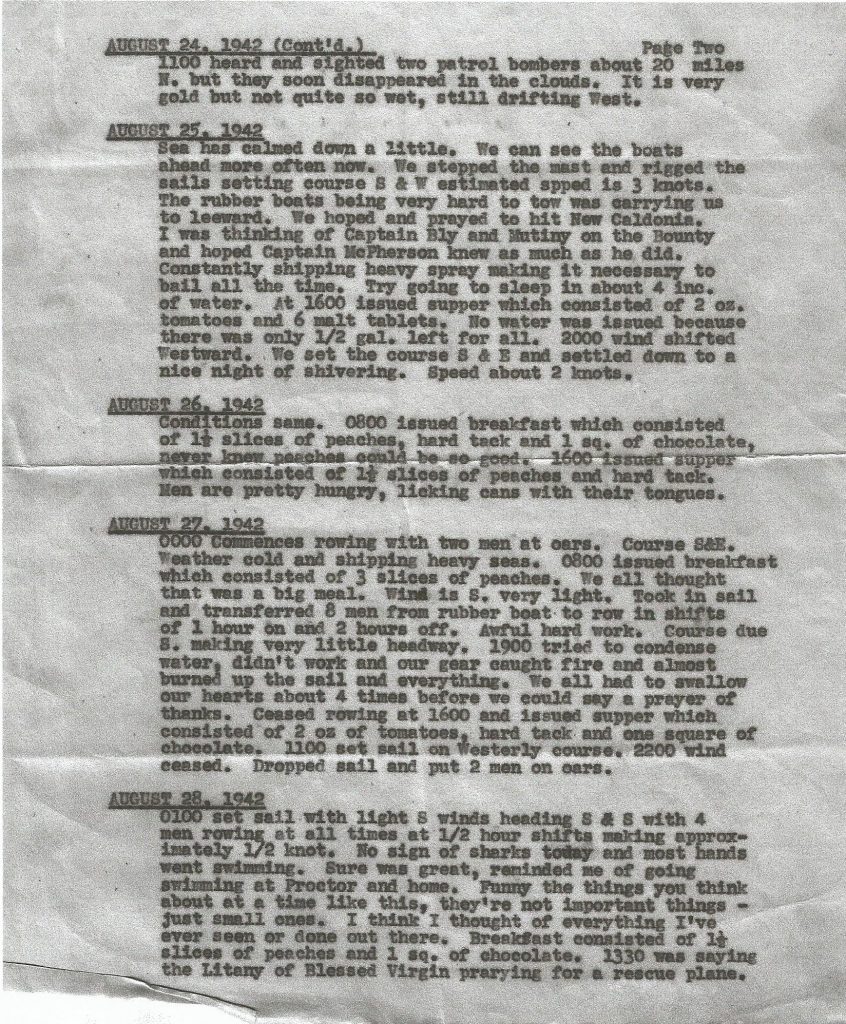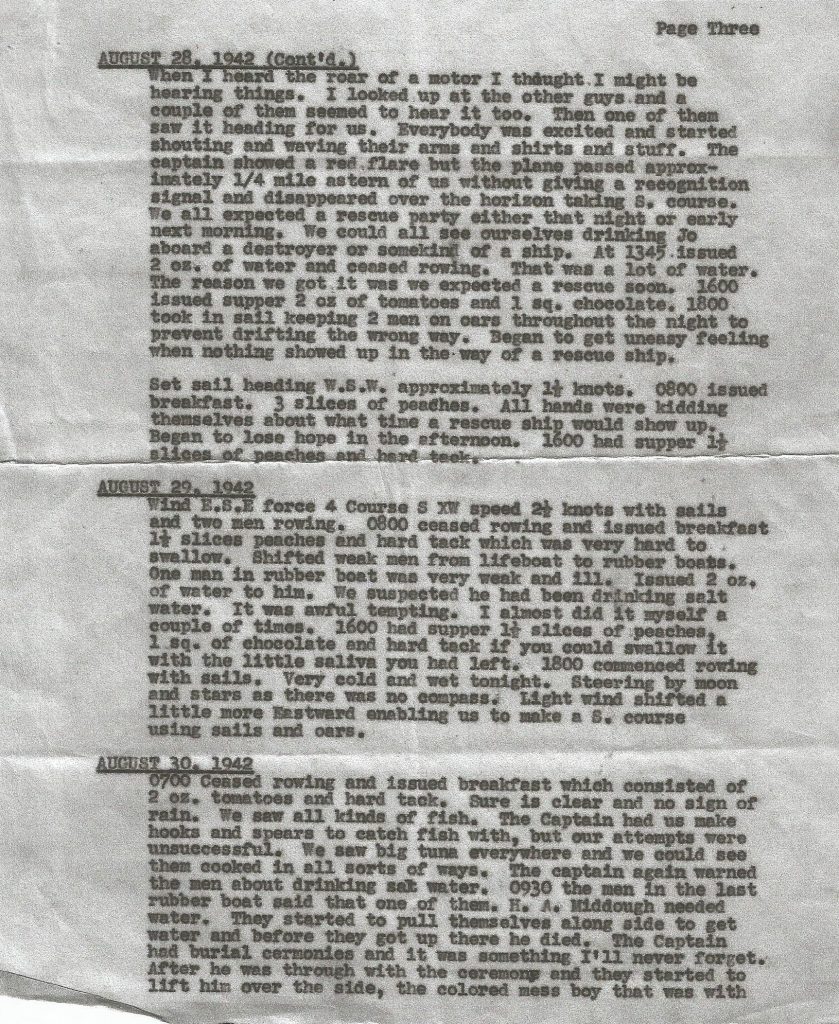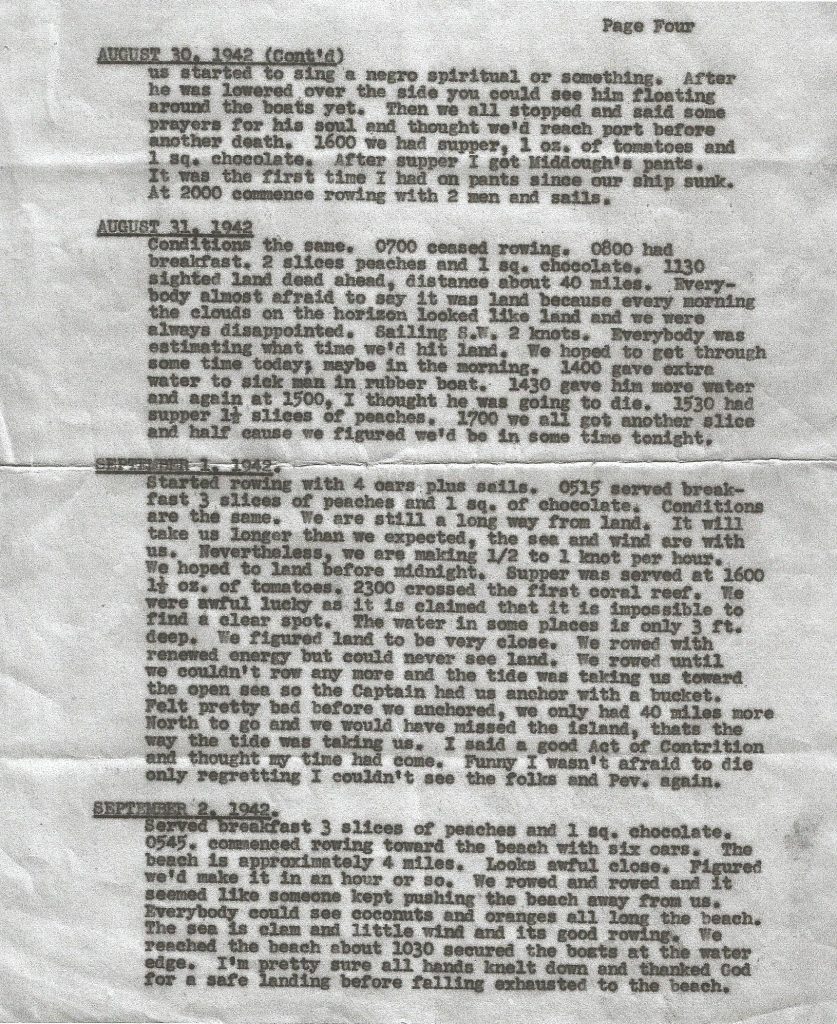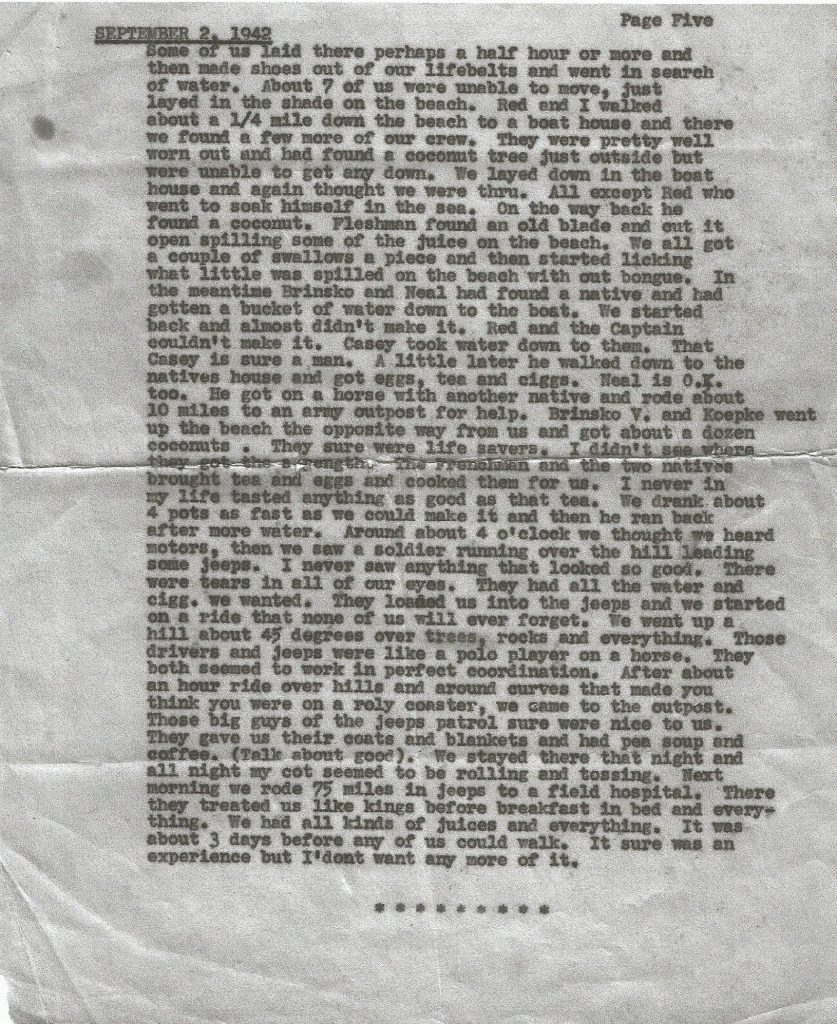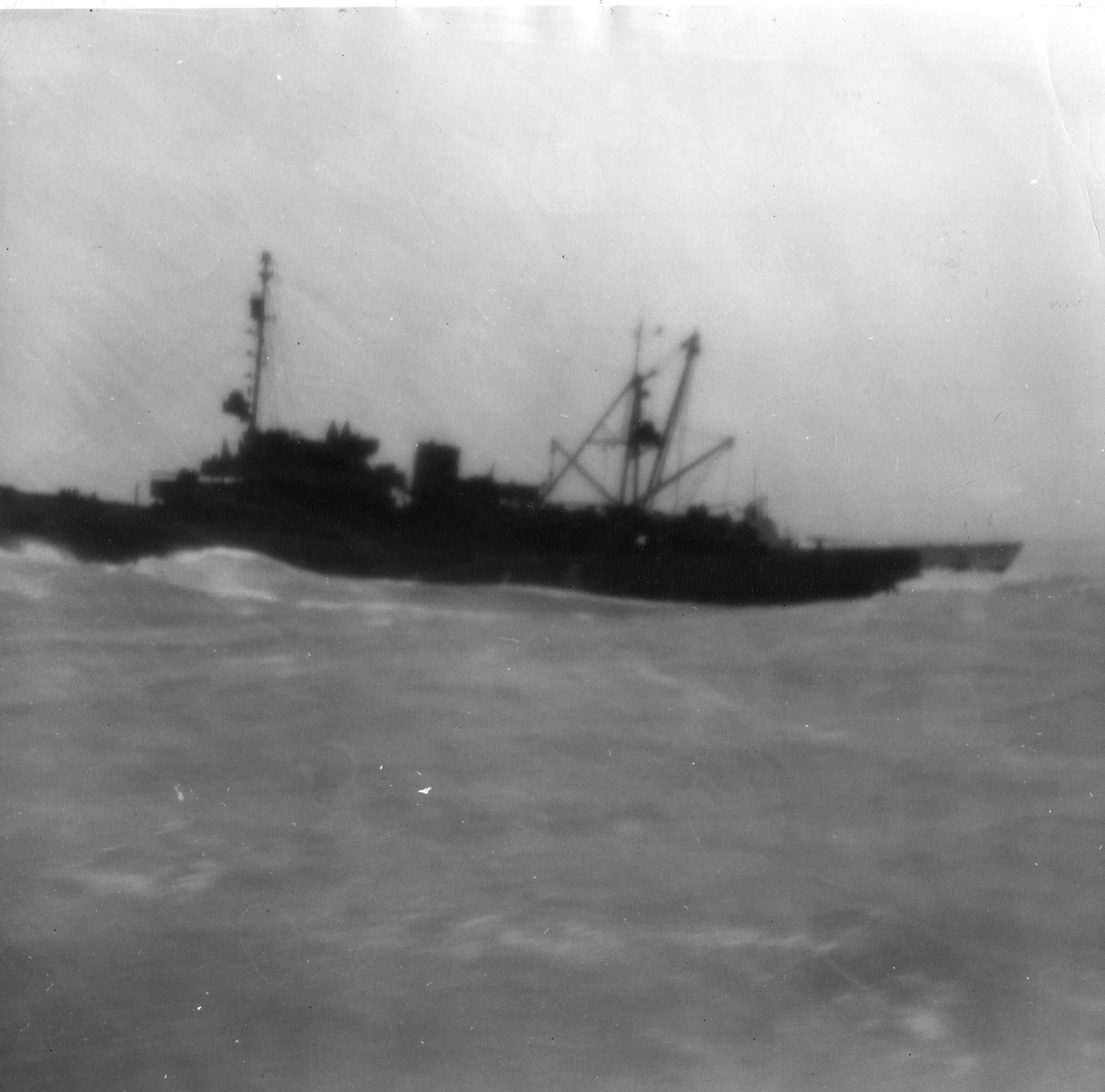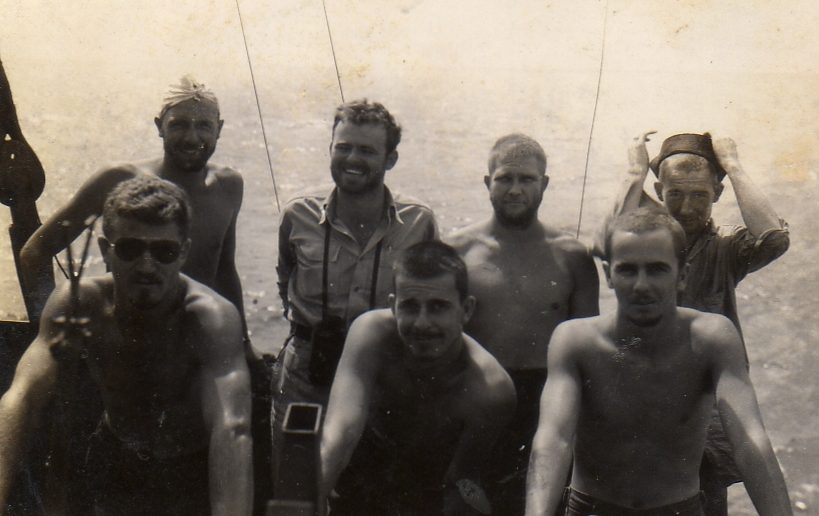
Augie Paul Koepke was born October 11, 1913, and spent his early years in Topeka, Kansas. His paternal grandparents had immigrated to Kansas from Germany. His father, Bernard, was born in 1889; his mother, Fay, ca. 1895, both in Kansas. As of 1915, the young family was renting in Topeka, next-door to another family of Koepkes, apparently Bernard’s parents and three siblings, including a thirty-year-old male, August, probably Bernard’s older brother and the man for whom Augie was named.
According to Bernard’s draft registration card, dated June 5, 1917, he was working at that time as an electrician for the Topeka Sand Company. Three years later, according to the 1920 federal census, he was a railroad switchman and the family had added a second son, Robert. They moved circa 1926 to West Palm Beach, Florida.
Both Augie Paul and Robert served in the Navy in World War II. Augie Paul enlisted June 22, 1936, in Norfolk, Virginia, and reportedly served on a destroyer that evacuated Americans from Spain during the Spanish Civil War.
He re-enlisted in July 1940, again in Norfolk. Within the space of two weeks in August 1942 he survived the sinking of two ships — the transport USS George F. Elliott, set afire by a Mitsubishi bomber and scuttled off Guadalcanal on August 8, and another, smaller transport, the USS Lakatoi, which foundered amid rough seas and sank off New Caledonia on August 21.
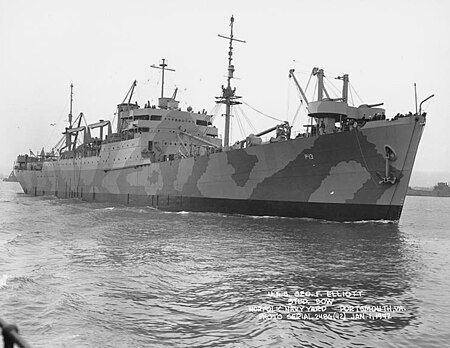
After the Lakatoi went down, Koepke and his shipmates spent eleven days afloat on a lifeboat and two rubber rafts, subsisting on, and nearly exhausting, a cache of canned peaches and tomatoes, hard tack, chocolate, thirst tablets and water. One man died after drinking salt water.
Sent back to the States along with most of the other Lakatoi survivors, Koepke was assigned by the following summer to the Macaw and was on hand 16 July 1943, four days after the commissioning, when a cable snapped during a test of the hoisting capacity of one of the ship’s booms, propelling civilian rigger Vincent Leonis of Alameda into the Oakland estuary. Koepke, aided by another sailor, RM3/c Leo Kelly, jumped in and saved Leonis from drowning, a deed for which Paul Burton commended Koepke on his “prompt and fearless action.”
Koepke was one of the 22 men aboard the Macaw when it sank at Midway on the night of February 12-13, 1944, and one of the seventeen survivors.
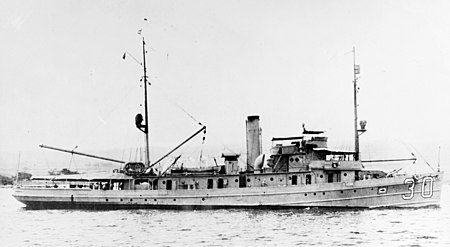
That July, he reported for duty as chief bosun’s mate aboard the USS Seagull (ATO 141), a minesweeper which by then had been recategorized as a fleet tug. He served aboard the Seagull for the rest of the war.
Koepke served as a bosun’s mate aboard the Macaw, a bosun’s mate being the naval equivalent of a floor boss in a factory, a working man in charge of other working men. By more than one account, he was the heart and soul of the ship—a natural leader, a great teacher and story teller, “just a typical roustabout type guy,” “an amazing fellow,” handsome, vocal, affable, courageous, full of nautical know-how and stories and happy to share on both counts. In the words of Macaw shipmate Eugene Van Buskirk, “He was the guy.”
And he was haplessly, conspicuously susceptible to alcohol.
As Bob Jacobsen put it: “Koepke had many virtues — He was a real “Salt Horse,” a sailor’s sailor. One fault: He could not hold his liquor. At our ship’s commissioning party he passed out — Lay on the deck in the head. You had to step over him to use the urinal!”
Former ship’s fitter Nord Lester recalled Koepke returning to the Macaw drunk from liberty in Monterey, to which the ship had sailed from Oakland on its shakedown cruise, stepping off a pier and falling fifteen feet to the deck.
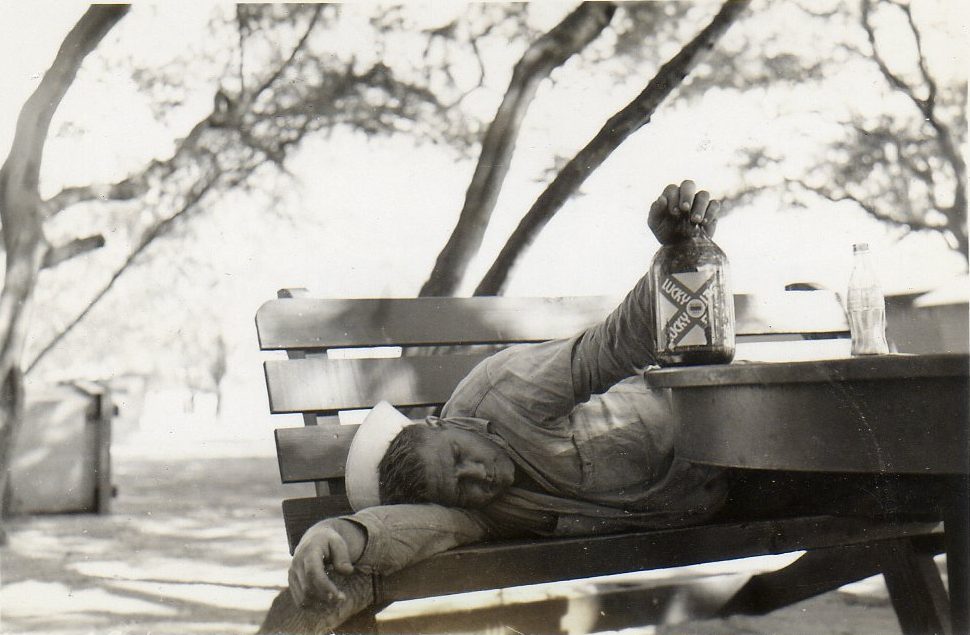
At a picnic at Pearl Harbor several months later, he fell asleep on a park bench clutching a beer bottle atop the adjoining table in his left hand. His shipmates tied another to his right hand with string, then apparently either deposited him or persuaded him to deposit himself into their metal tub beer cooler to sober him up.
As of his time aboard the Macaw, Koepke was married to Louise May Koepke of Baltimore, Maryland, but that didn’t stop him from bringing a date, reportedly a telephone switchboard operator he’d met in a bar in Oakland, to the commissioning party.
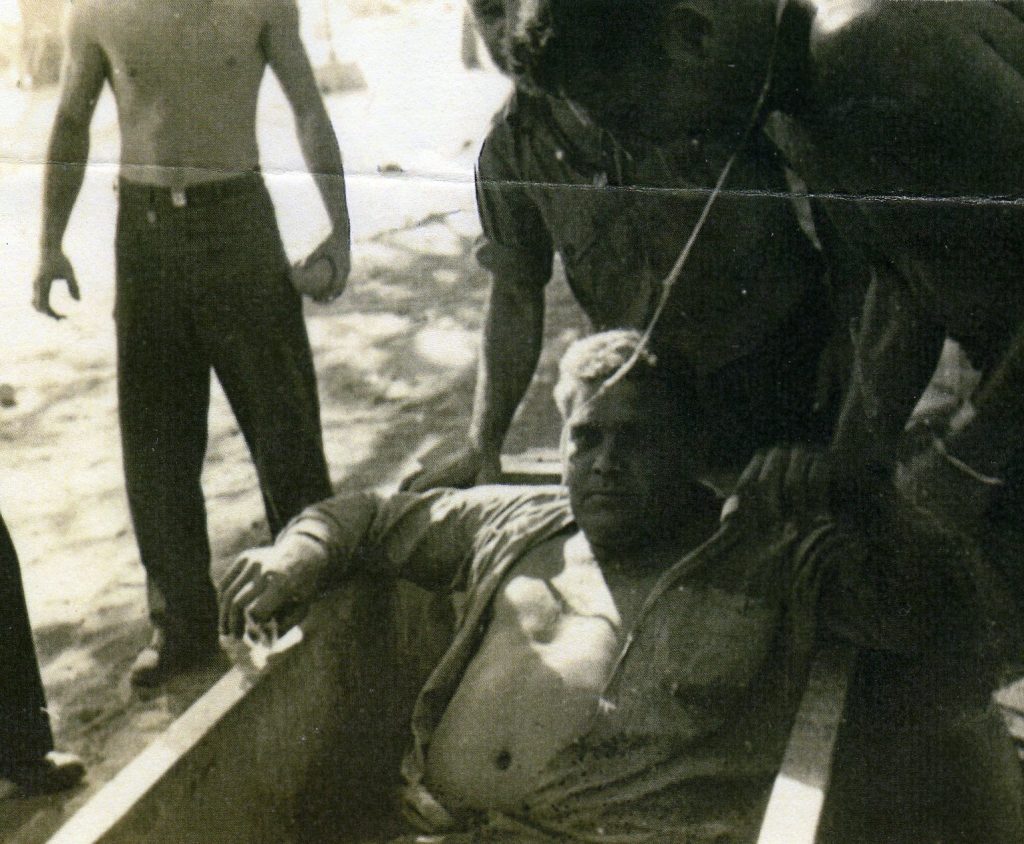
Their evening did not go well. Koepke having apparently had a few, she left in a huff after the two of them, while attempting to dance, stumbled against the rim of a circular goldfish pond in the middle of the entrance hall outside the hotel ballroom in which the festivities were taking place and almost fell in. Her parting words, by one account, were “You drunken son of a bitch, I never want to see you again.” That was the evening Koepke ended up passed out on the floor of the men’s room.
Koepke’s daughter Jo Anne Lord confirmed his shipmates’ descriptions of him. He had a lifelong struggle with alcoholism, she said. In the ’60s or ’70s he set the house on fire smoking in bed. Jo Anne and her sister smelled smoke and woke him up. No one was hurt. Another time he ran a car into a ditch or otherwise wrecked it driving under the influence. And he was everything else his shipmates said he was: gregarious, cheerful, a ladies man, a consummate Navy man, and a great raconteur. “That man could talk to a wall,” Lord said. He was “a very strong personality…You enjoyed being around him.” She said he never met a stranger. Often on holidays they would have guests he had just met who had no place else to go. He liked to drink and socialize. “If you mentioned a party, my father was there.”
In keeping with ancient nautical tradition, there was a party aboard the Macaw on 15 September 1943 to celebrate crossing the equator. Koepke presided over the festivities in the person of Neptunus Rex.
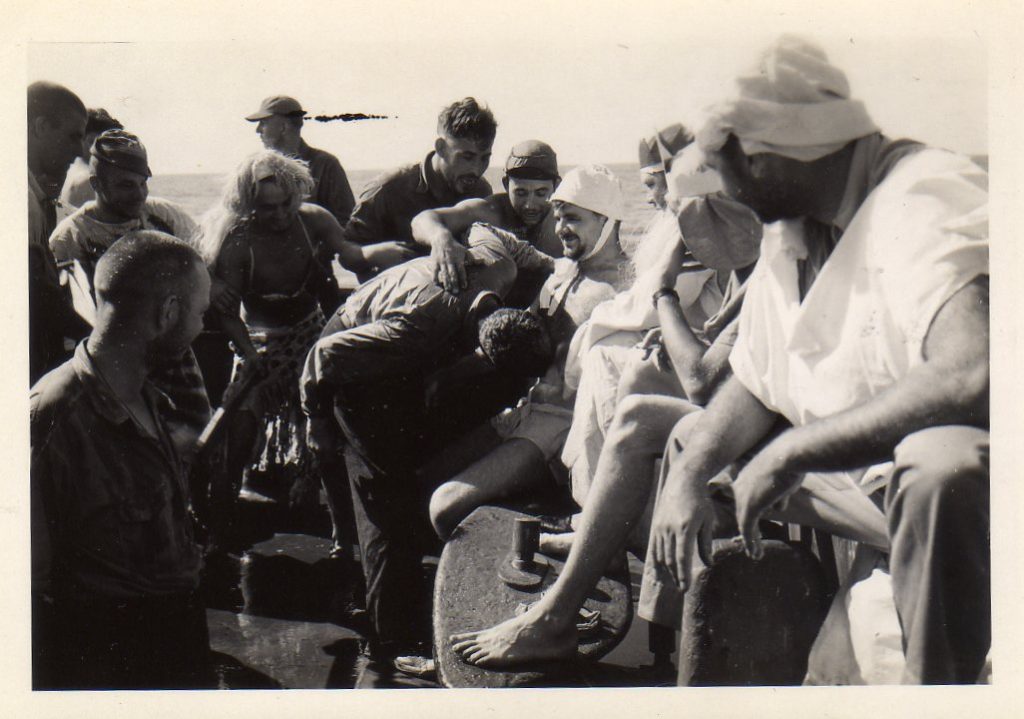
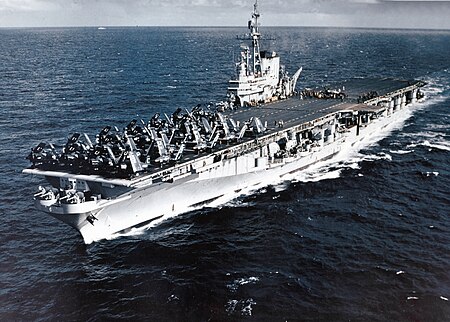
Koepke served in the Navy for twenty years. His last assignment was aboard the USS Midway (CV-41), an aircraft carrier named after the battle, commissioned eight days after Japan’s surrender in WWII, until 1955 the largest warship in the world, and the first US aircraft carrier too big to transit the Panama Canal. “He loved it,” Lord said. “It didn’t sink.”
The Midway, during Koepke’s tenure aboard it, was based at Norfolk, Virginia. At Norfolk, Lord said, her father, who loved the water, would swim miles out to sea and back. The Koepkes rented a house off the base there. On Sundays they would have dinner aboard the ship, and Jo Anne and her sister, overseen by sailors assigned babysitting duty, would play tag and hide-and-seek under the wings of the planes parked on the deck.
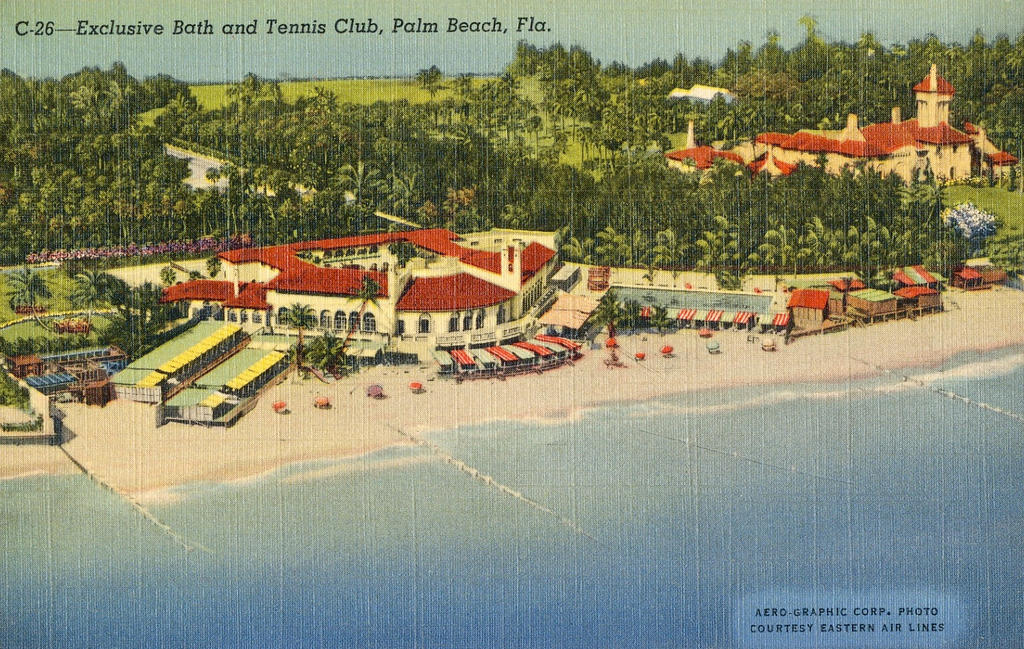
Koepke mustered out of the Navy circa 1956 and followed his father into the employ of the exclusive Bath and Tennis Club in Palm Beach, Florida, where, according to Lord, the senior Koepke served as general manager, and Augie Paul as botanist and groundskeeper.
An avid golfer, Augie Paul participated in the Palm Beach area in pro-am tournaments that drew the likes of Sam Snead and Jack Nicklaus, and twice shot a hole-in-one.
Louise May Koepke died in 1961. Augie Paul remarried. He died in May 1984, survived by his second wife, four daughters and six grandchildren.
Jack Scovil’s diary
Among Augie Koepke’s shipmates on the Lakatoi and fellow survivors of its sinking was Bosun’s Mate Jack Scovil of Peoria, Illinois. Scovil kept a diary recounting the eleven-day ordeal the Lakatoi crewmen underwent after it sank. A typed version of his entries for those days appears below.
